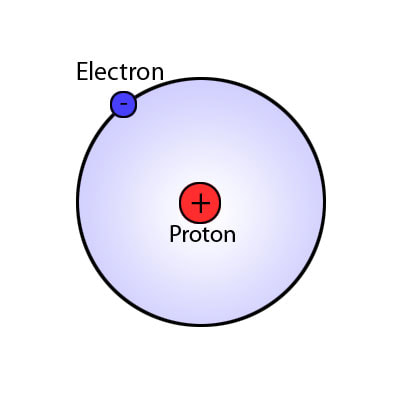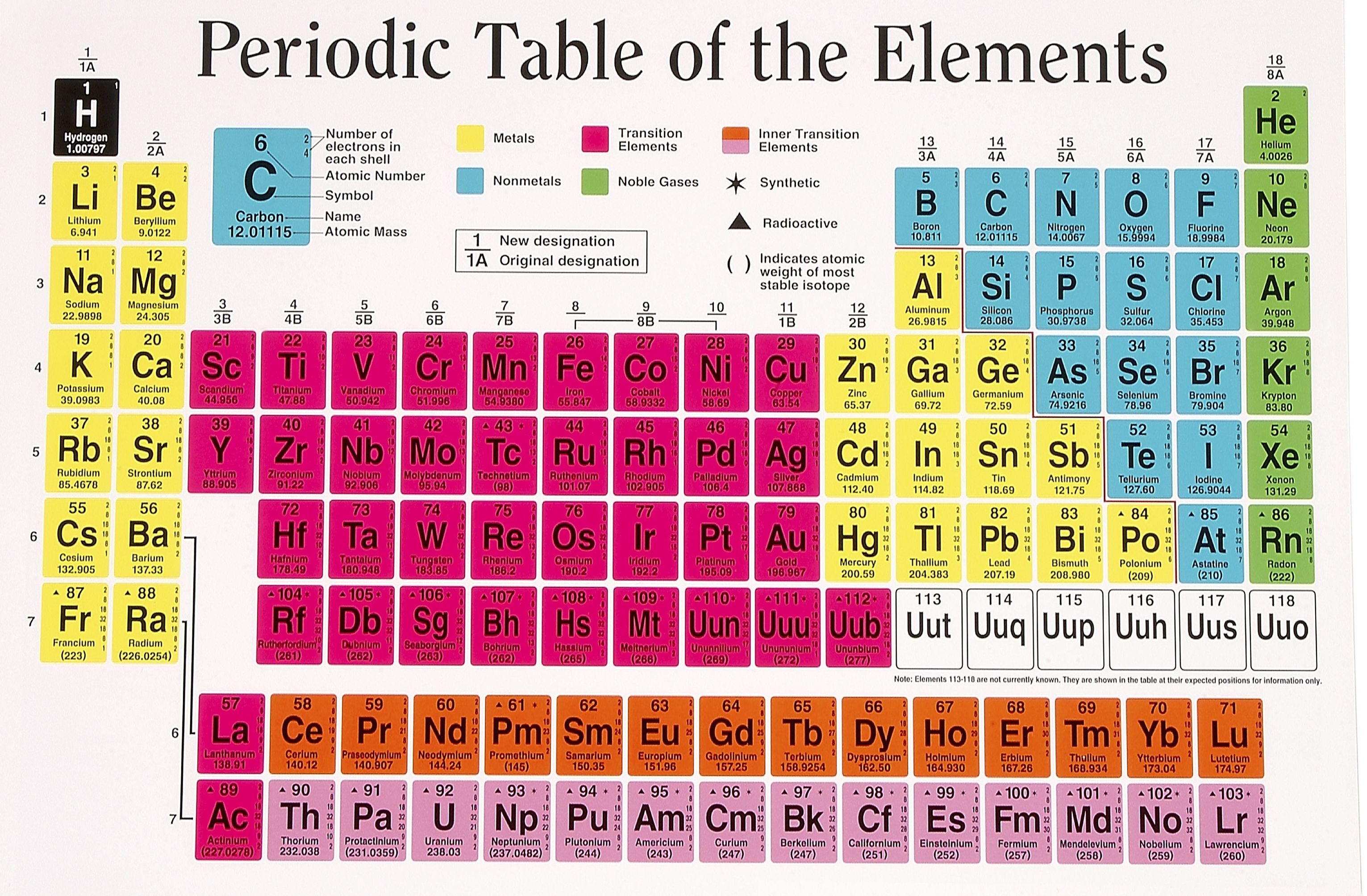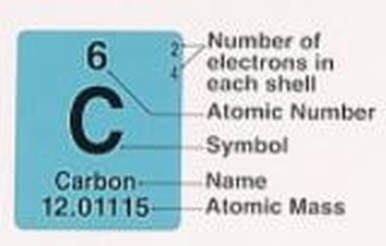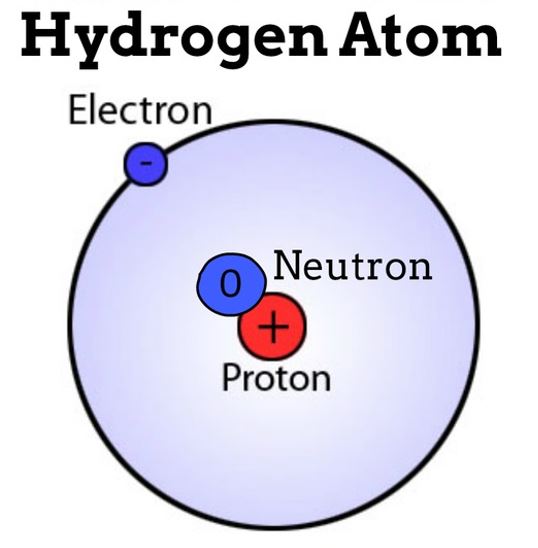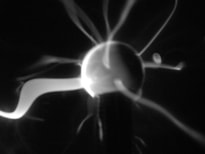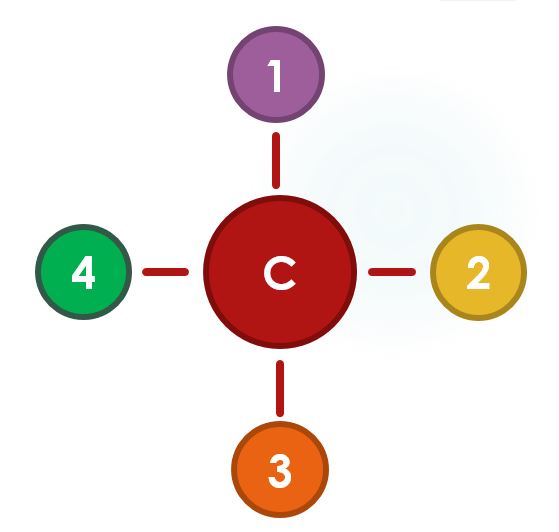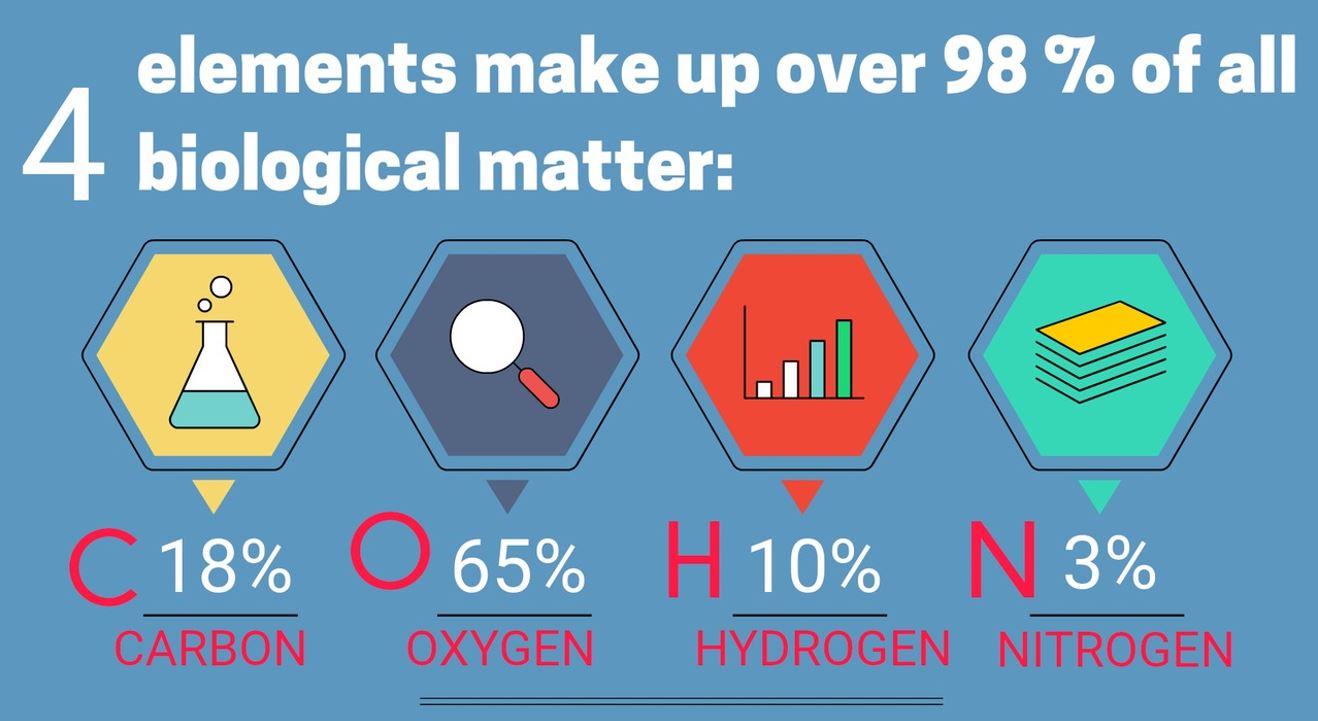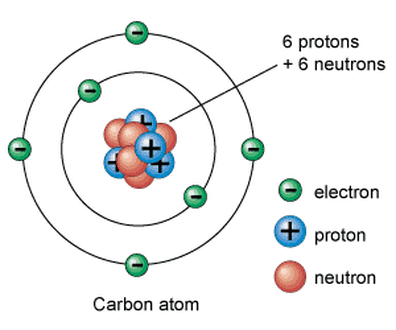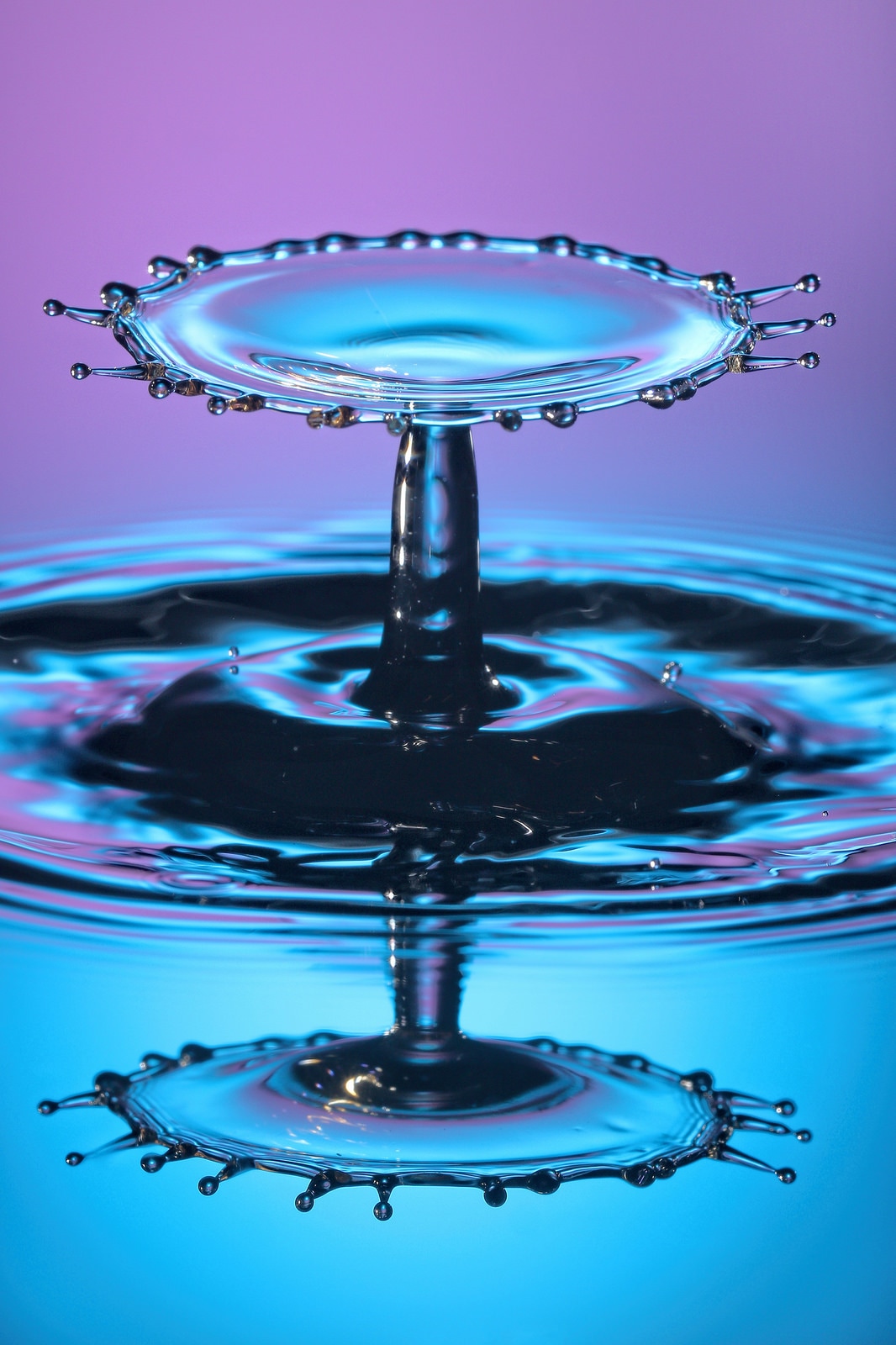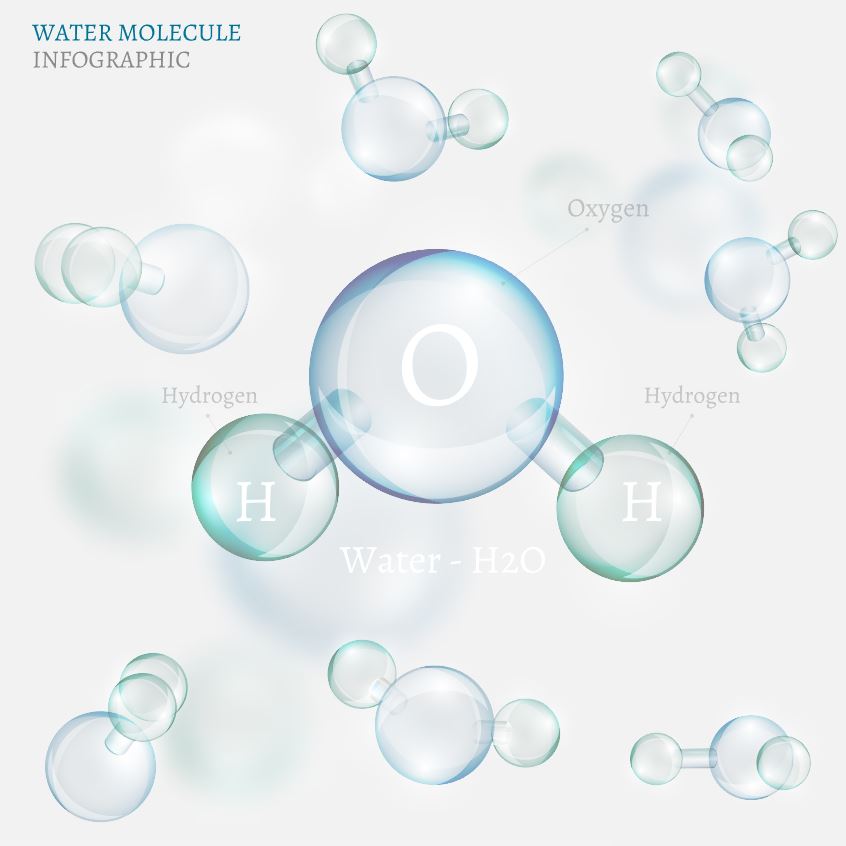THE CHEMICAL BUILDING BLOCKS OF LIFE
|
|
|
The story of biology begins in chemistry. We must have a basic understanding of chemistry to understand biology. This is because, everything that is made up of matter (from rocks to human beings) is made up of atoms.
THE CHEMICAL BUILDING BLOCKS OF LIFE
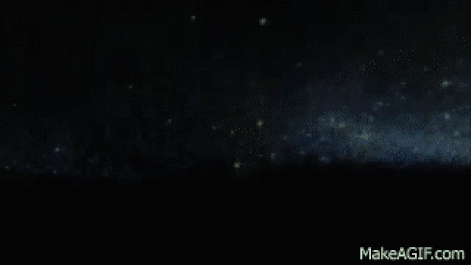
The story of YOU is more beautiful and complex than you can ever image! Many scientists believe that our universe started with a "BIG BANG" or a "BIG BANG-LIKE" event. The universe we live in was created by some type of BANG that contained all of the subatomic particles needed to make matter. In the beginning, the early universe was too hot for atoms to form, but as the universe cooled the simplest atoms were able to form.
The first atoms to form were hydrogen and helium. Hydrogen is made up of only 1 electron and 1 proton. Helium is made up of 2 electrons and 2 protons. Stars are made up almost entirely of hydrogen and helium. All of the heavier elements are made when a star dies and explodes as a super nova.
The matter that you are made of has been around since the beginning of the universe 13 billion years ago. All of the heavier elements required for life like you and I to exist, were form in the cauldron of an exploding star. We are all made of stars!
The first atoms to form were hydrogen and helium. Hydrogen is made up of only 1 electron and 1 proton. Helium is made up of 2 electrons and 2 protons. Stars are made up almost entirely of hydrogen and helium. All of the heavier elements are made when a star dies and explodes as a super nova.
The matter that you are made of has been around since the beginning of the universe 13 billion years ago. All of the heavier elements required for life like you and I to exist, were form in the cauldron of an exploding star. We are all made of stars!


